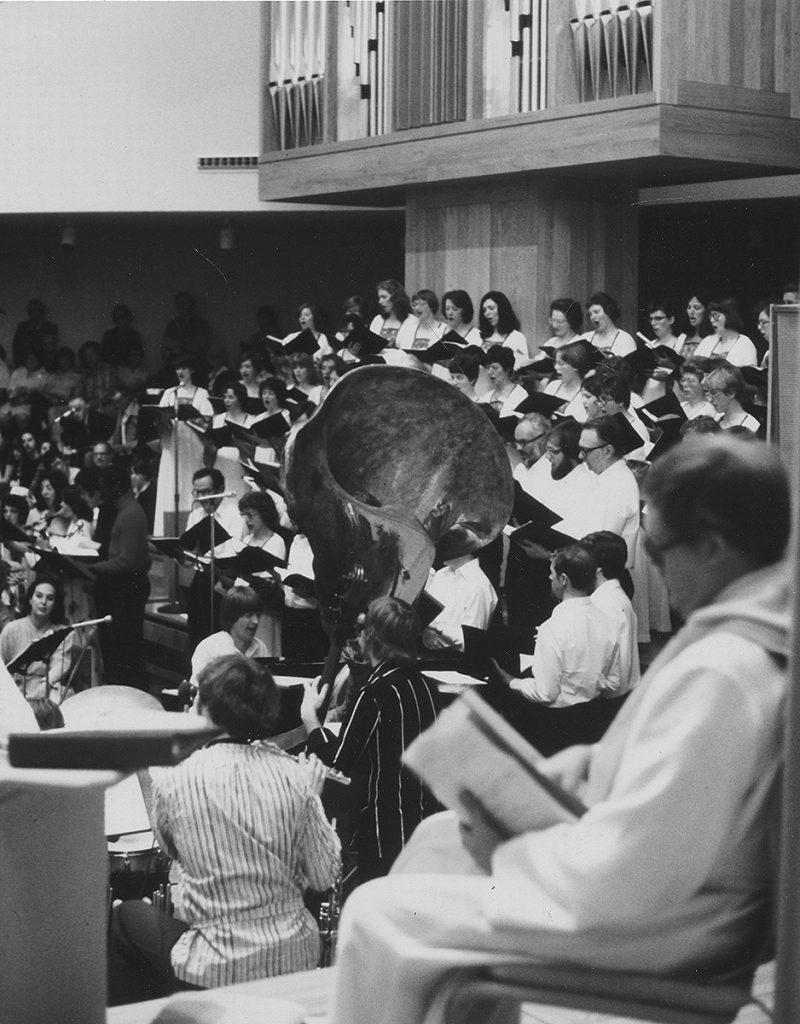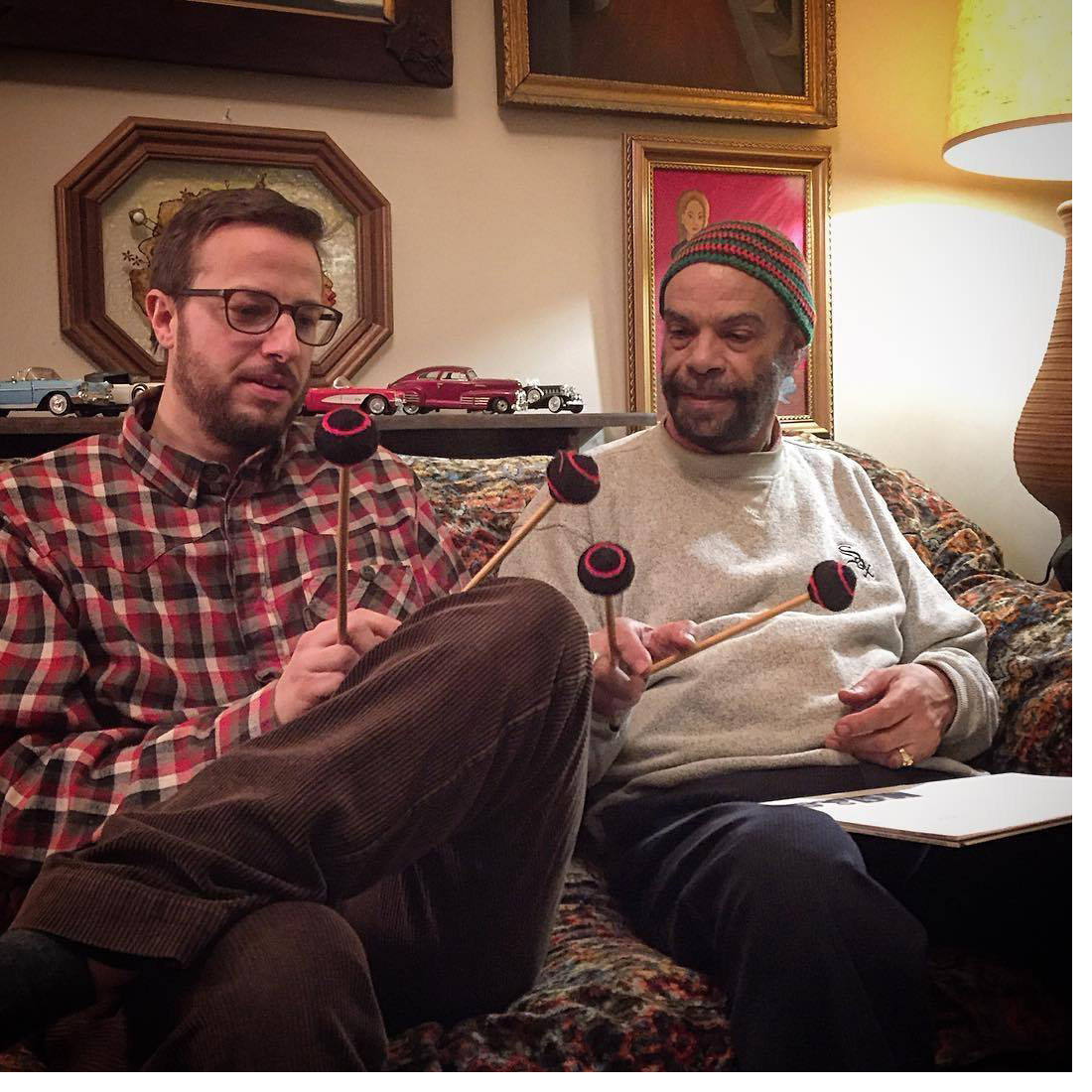
FL: Tell me a little bit about the background of the group and how it came to be.
SH: We all met and are based in Leeds which is a city in the North of England. The band features five of Leeds foremost jazz/improvising musicians and we have taken influences from within the musical avant garde. The band formed from improvising sessions at an abandoned rugby pitch in 2021. We all share a love for the music of Eric Dolphy, John Coltrane, and Ornette. The debut record has been streamed over 850 thousand times now (so hopefully the vinyl’s will sell).
FL: So how did you guys meet, is it in the same academic circles, or music school, or just through jazz clubs?
SH: Myself, Matt Cliffe and Elliot all met at Leeds Conservatoire which is the local music school. We met Hugh and Joel just on the local music scene then all started playing together. We all shared a passion for creating original music and jazz.
JFL: So was there a strong vision of what you wanted to do musically, did the band have any particular path you wanted to follow?
SH: I set up the band with the intention of playing original music and making albums. We are obviously heavily influenced by Dolphy/Ornette/Coltrane and 60s/70s Avant Garde jazz but the plan was to make it sound fresh. I think it also helps that we are all in the North of England which has its own strong identity and adds something to the music. Of course it’s hard to do something that hasn’t been done before, but as long as musicians are being honest and playing music seriously I’m happy.
FL: What is you perception of the current contemporary jazz scene/ in Britain, in Leeds, are you affected by anything of the things happening in let’s say London?
SH: The current scene in the UK is good and there’s a lot of new music coming out all of the time which is great. I would say the UK scene is too London centric and sometimes the music can become a little sterile. Of course what’s happening in London affects us but Leeds has a much more DIY feel which allows for more freedom. I think sometimes UK and contemporary jazz can sometimes lack a connection with the spirit of the music which turns me off a little.
I personally try to maintain a connection with the music and regularly go over to the US to study with some of the older musicians.
FL: What about the jazz clubs in Leeds, and the audience, do you have any good spots to play out live, or is mostly concerts in academic circles?
SH: There’s a couple of clubs in Leeds that we all play at in various groups. With Mu we are trying to put on shows at normal music venues and jazz clubs. We have one of the best venues in the UK here the legendary Brudenell Social Club so we try to play there as often as possible. We are currently in the process of trying to book gigs all over the UK and Europe if we can but my marketing skills aren’t quite up to scratch yet. As for the audience, it’s mostly just music fans which is what I’m really seeking for the band. In general, I try to stay away from academic circles as much as possible .
Thanks for this Q&A Simon, we wish the group all the best for the future.














